You never know how long food shortages will last.
If you’re not living in the city, chances are you won’t starve in a famine. There is always something to forage for, just to get by. But in winter, you need to be really skilled to find something edible in the wild. But not imposible.
#1. Pine Trees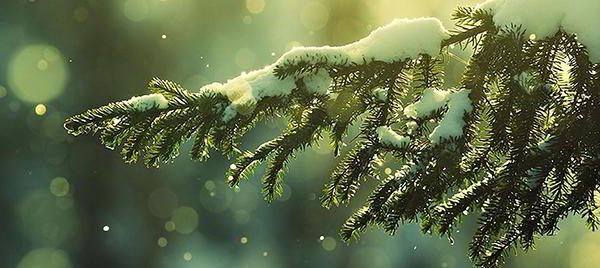
Pine trees are a great source of vitamin C, beta-carotene and vitamin A, and they are readily available. You need to make sure, however, that you don’t harvest the needles from poisonous evergreen trees. True pines have needles that develop in groups of three to five needles per clump with a needle length of up to 1 ½ feet long. You can use them by boiling them into a tasty tea. The inner bark or cambium layer of a pine tree trunk is edible as well as young pine cones and even the young pine tree roots. Peel the roots before eating them. Steep the outer layer that you peel from the roots. It is high in sugar.
#2. Rose Hips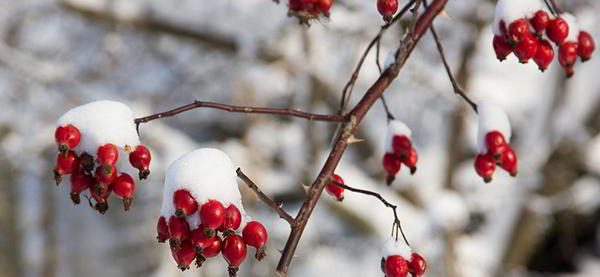
Rose hips are as visible as cranberries in the empty winter landscape. They are a great source of vitamin C and are also recognized for other properties. You can eat them raw or cook them. They are commonly used to make tea, syrup, or jam.
#3. Nettles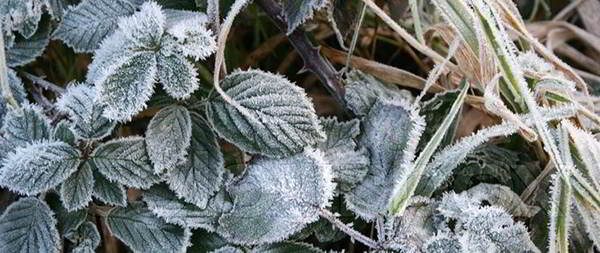
Nettles are highly disregarded all year round. In winter, though, they are a readily-available superfood, rich in protein, iron and vitamins. They start growing under the snow in late January, and they make a great meal. Wear gloves while harvesting and cook them properly to reap the wonderful benefits of this common weed.
Related: How to Cook Nettles
#4. Dandelion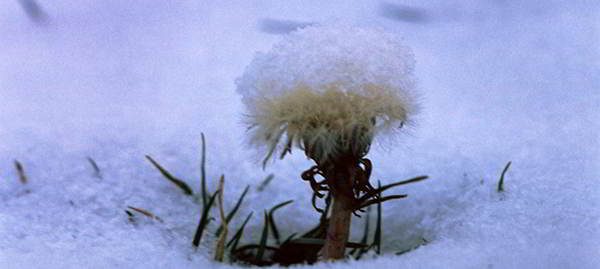
Dandelion roots are there for you all year round, even in the middle of winter, although they will be a bit more difficult to find. They are very good for you and can be prepared in a number of ways. Awareness of where they grow will pay off when you want to harvest dandelion roots in the winter. The crown of the plant and leaves may still be present, if the weather hasn’t been too severe. The root is a thick, long, white tap root that extends deep into the ground.
#5. Chickweed 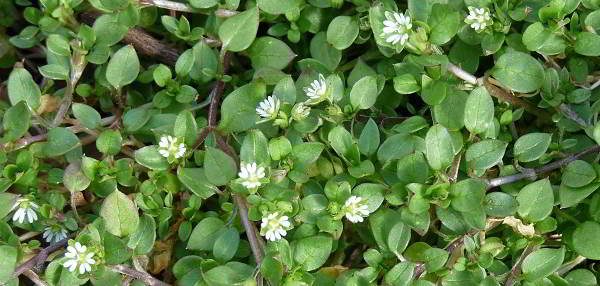
Chickweed starts growing as soon as early February. After a couple of months of winter, it’s a great plus for salads and meat. Chickweed can be identified by its oval leaves with a pointed tip and a line of white hairs that grows along the stem. It can be eaten raw or cooked. Mouse-ear chickweed has furry, rounded leaves. You need to boil this type of chickweed to remove the tiny hairs on the leaves.
#6. Wild garlic and onions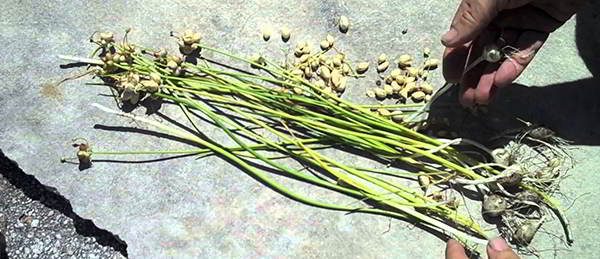
Wild garlic and onions grow virtually everywhere in temperate regions. However, you need to always double check and make sure they are not daffodil bulbs, which are highly poisonous. Daffodil bulbs lack the characteristic smell, so it is easy determine that they are not garlic or onions.
#7. Velvet shank mushrooms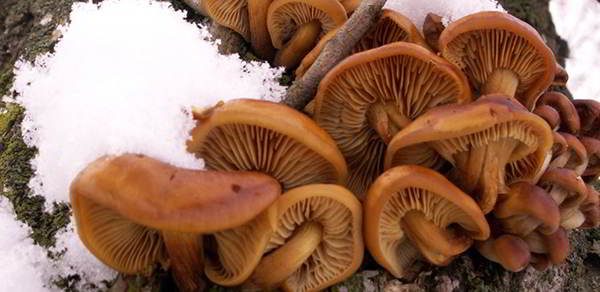
Velvet shank mushrooms grow well in wintertime, even in extreme temperatures. They grow on all dead wood, but they prefer elms and oaks. They grow in groups and have orange caps that make them highly visible.
#8. Burdock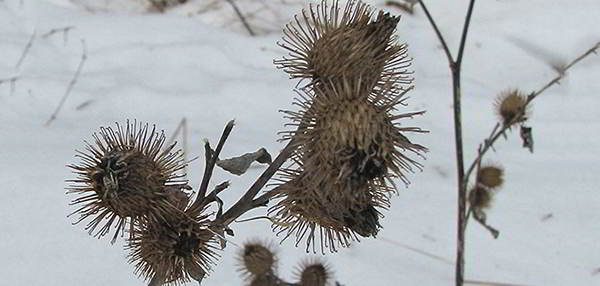
Burdock plants and roots are edible. Dandelion root and burdock tea is delicious and good for you. Burdocks are easy to find, especially if you brush up against them and the burs stick to your pants. There are a number of ways to prepare burdock and the leaves and roots are very good for you.
Read more: Burdock: The Annoying Weed That Can Save Your Life
#9. Oyster mushrooms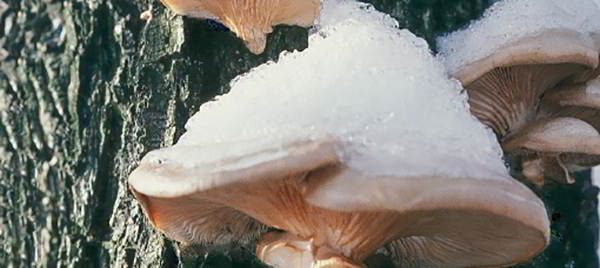
Oyster mushrooms grow in both humid summers and cold winters. An experienced forager would advise you to look for them two to seven days after a frost and to look for different wood trunks than the ones you used in summer—you won’t find them there in the middle of winter. There seems to be a reason why some logs grow them in summer while others do in winter.
#10 Cattail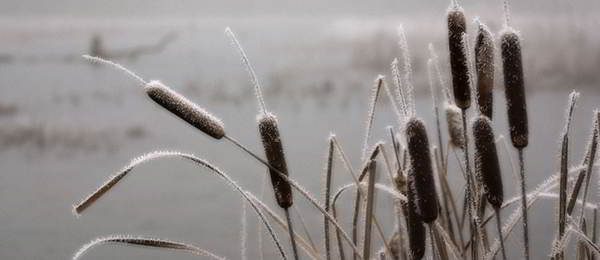
Cattail roots and fresh, young shoots are another great winter food. The shoots can be eaten raw or boiled. The roots are usually used as a flour, but they can also be cooked on a fire.
#11. Acorns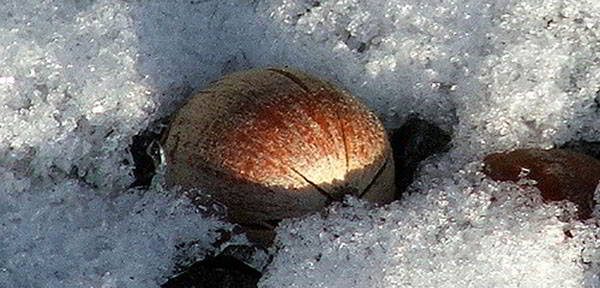
Acorns are a fantastic source of fats. You will find them on the ground, but you will be competing with the animals to obtain them. They need to be harvested from the ground, though, to be sure that they are ripe. Acorns are used to make flour and even coffee. You must soak them in warm water first because they contain tannic acids.
Read more: How to Use Acorns as Survival Food
#12. Frozen Cranberries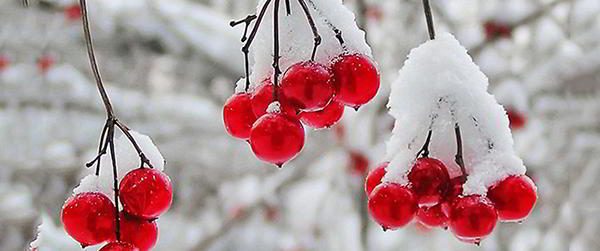
Frozen cranberries are a wonderful addition to whatever food you have stored. They are well worth harvesting, whether you really need to or not, just to enjoy them. These berries are “stored” above the ice, easy to collect, and so tasty. You can process them into jam, jelly, pies or juice or just eat them fresh for a healthy treat. They are rich in vitamins and are used for medicinal purposes.
#13. Crabapples
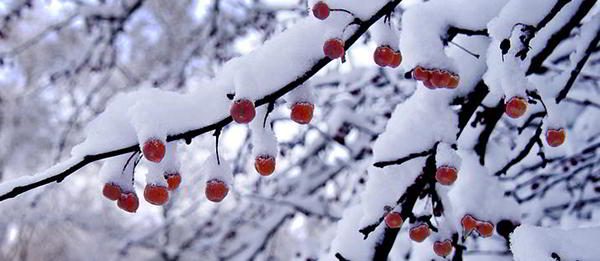 Crabapples can be harvested from wild and domestic crabapple trees. They will persist on the trees well into the winter, if the birds don’t get them first. Crabapple trees range in form from 5- to 10-foot tall shrubs to 25-foot tall trees. Crabapples can be red, yellow or green and are smaller than 2 inches in diameter. This fruit is usually made into jams, jellies, juice or pies as it is rather bitter. If you don’t have the supplies, time or interest in processing the fruit, wrap it in foil or put it in a heavy pan with a lid and roast it near a fire. They taste much better. Warning: DO NOT EAT THE SEEDS! They contain hydrogen cyanide which is released during digestion. Spit them out or remove them by hand before eating.
Crabapples can be harvested from wild and domestic crabapple trees. They will persist on the trees well into the winter, if the birds don’t get them first. Crabapple trees range in form from 5- to 10-foot tall shrubs to 25-foot tall trees. Crabapples can be red, yellow or green and are smaller than 2 inches in diameter. This fruit is usually made into jams, jellies, juice or pies as it is rather bitter. If you don’t have the supplies, time or interest in processing the fruit, wrap it in foil or put it in a heavy pan with a lid and roast it near a fire. They taste much better. Warning: DO NOT EAT THE SEEDS! They contain hydrogen cyanide which is released during digestion. Spit them out or remove them by hand before eating.
#14. Duck potatoes and groundnuts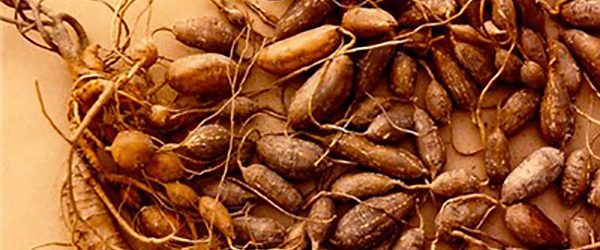
Duck potatoes and groundnuts are readily available sources of starch and proteins, if you live near a shallow stream, lake, pond, swamp or even a ditch. They may be a little bit harder to collect during a very harsh winter, but you can go for the hunt if it’s a warmer winter day. Duck potatoes are the tubers of the Sagittaria plant. They look a little like acorns. Use a dirt rake or hoe to loosen the muck and they will float up to the surface of the water. Do not confuse them with Arum as Arum root is toxic. The Arum leaf is not veined. Groundnuts are the roots of the American groundnut vine. It grows in the wet to moist soil along the water’s edge. Do not collect and eat duck potatoes and groundnuts from polluted areas. The toxins will be absorbed into the tubers and roots.
#15. Clams
Clams can be found in a permanent freshwater source. While it might be a little challenging to fish at this time of year, freshwater clams are easy to find. They are not affected by winter, and you can find them on the bottom of a creek. It’s essential to boil them because they carry parasites that might make you sick.
#16. Inner Bark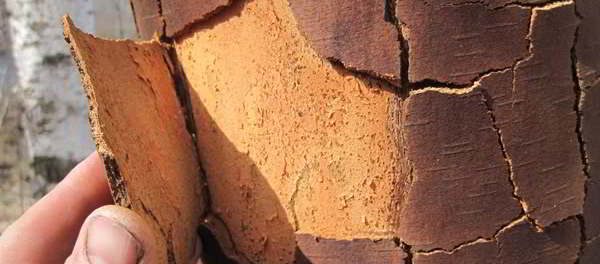
Inner bark of quite a few tree species can be eaten raw, and if cut into fine strips, it can be boiled or dried and turned into flour. You can make a rustic pasta or bread, or you can add it to clear soup to improve it. Not all bark is edible, so you should look for birch, aspen, maple, pine, and willow. You’ll want to eat the inner/cambium layer, not the outside bark, of course!
Always make sure to double check the plants and fruits you are planning to eat. Some species are quite similar, and despite their appearance, one of them can be quite poisonous and make you really sick if accidentally eaten. Make sure you have the proper book to check and double check!
You may also like:
Top 10 Foods to Grow for Survival
The Real Reason Why Walmart’s are Closing all Over America (Video)
10 Beautiful Plants That Are Secretly Killing Your Garden
Top 8 Deadly Plants in the U.S. That You Need To Avoid
You Pass by This Plant Everyday Without Knowing How to Use It When SHTF

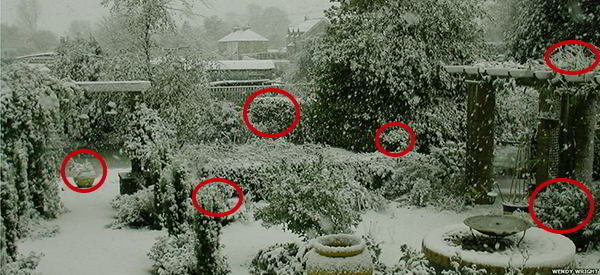
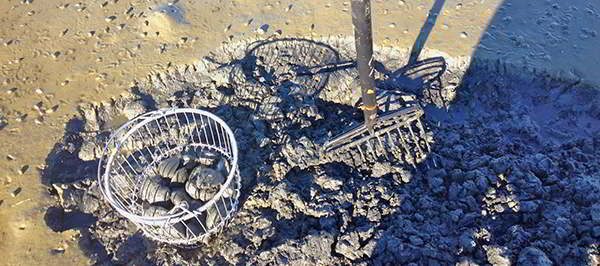











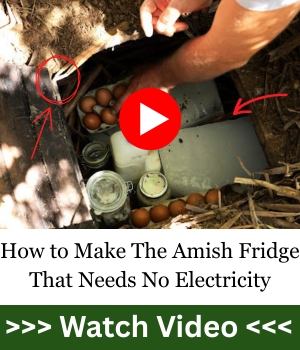








I have miners lettuce coming up in my yard right now ! Thanks for the info !
Useful info. Lucky me I found your website accidentally, and I’m surprised why this
accident didn’t took place earlier! I bookmarked it.
Super interesting and could be a life saver. Say more.
My yard and the field behind us has a lot of these plants. This past summer I took my grands around my yard eating what I knew could be eaten raw so they would know, if it ever came to it, what was safe to eat. There were so many! There are probably more than we will ever know, and that’s just the ones to eat raw. This year, I’m thinking of cooking the ones that are edible in their raw state so they can taste them. It kind of freaked them out that I was eating my yard!
dp TED; What a wonderful thing to do for the grandkids. and I bet they loved it! Are you talking about vegetables in the garden or WEEDS that were edible? NOT REAL CLEAR FOR ME. However it is a good thing to do. wish I was there!
Older prepper, It was what most consider WEEDS. Two of them are going this year with a friend, who knows more than i do about edible weeds and other plants, to learn even more. I’m thinking of going along, since we can never know too much about such things.
Don’t eat unkosher foods like clams, seafood, pig. They are full of toxins and parasites. There is a good reason the Bible says not to eat them. They are natures trash cleaners.
Amein!
It’s a shame that the branch pictured as the #1 choice (pine trees) is not really a pine tree branch. It’s a fir tree. Shatters one’s faith in the whole artile.
I noticed that too.
Not only that but the pine needles are not 1 1/2 ft long the white pine would be about 1 1/2 inches long at the most
I think you are thinking of spruce and fir needles, Dave. Pine needles tend to be about 5-8 inches long. It is worthwhile studying evergreens.
Not only that but the pine needles are not 1 1/2 feet long , at the most they are 1 1/2 inches long
How about it claude ?
How about it claude?